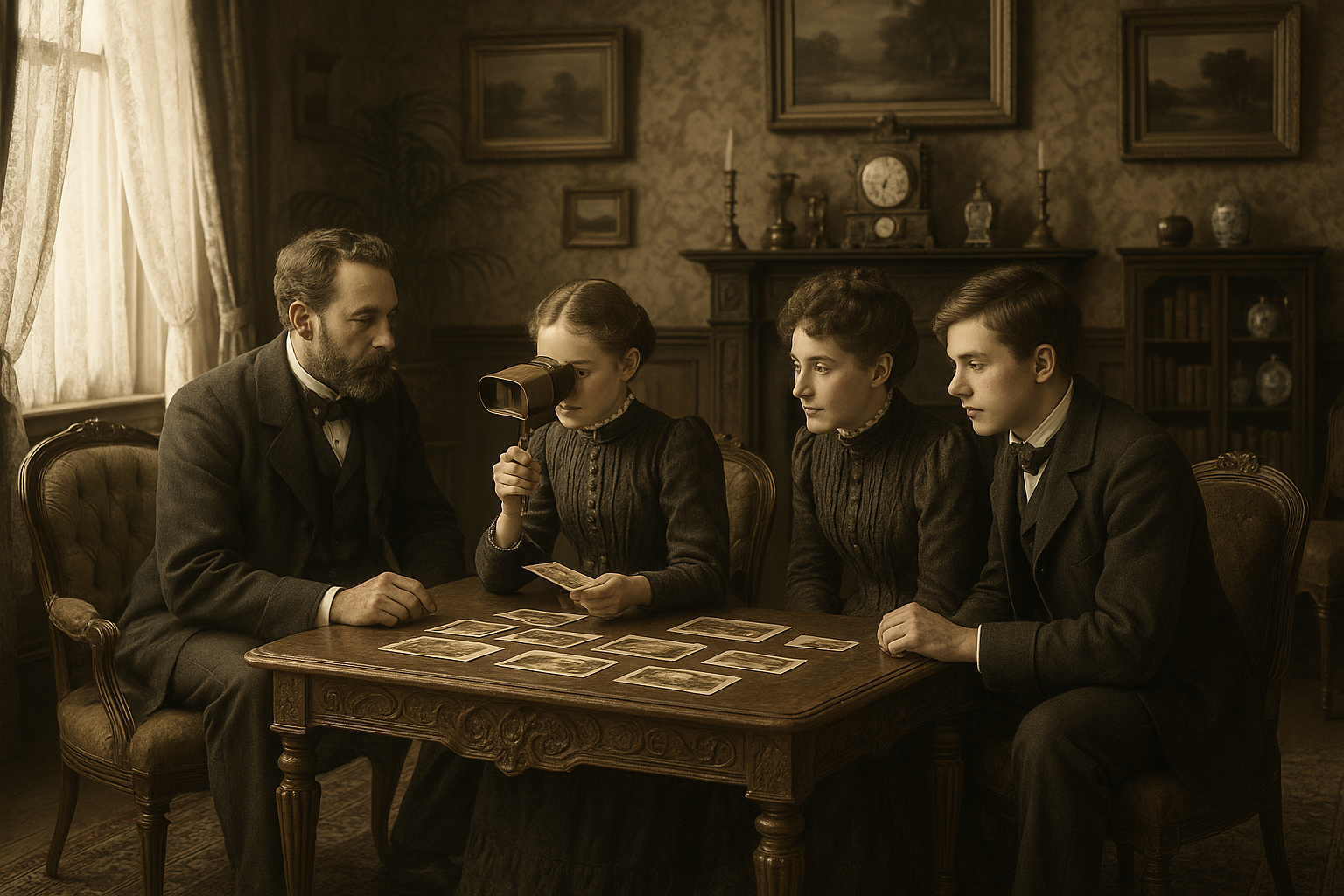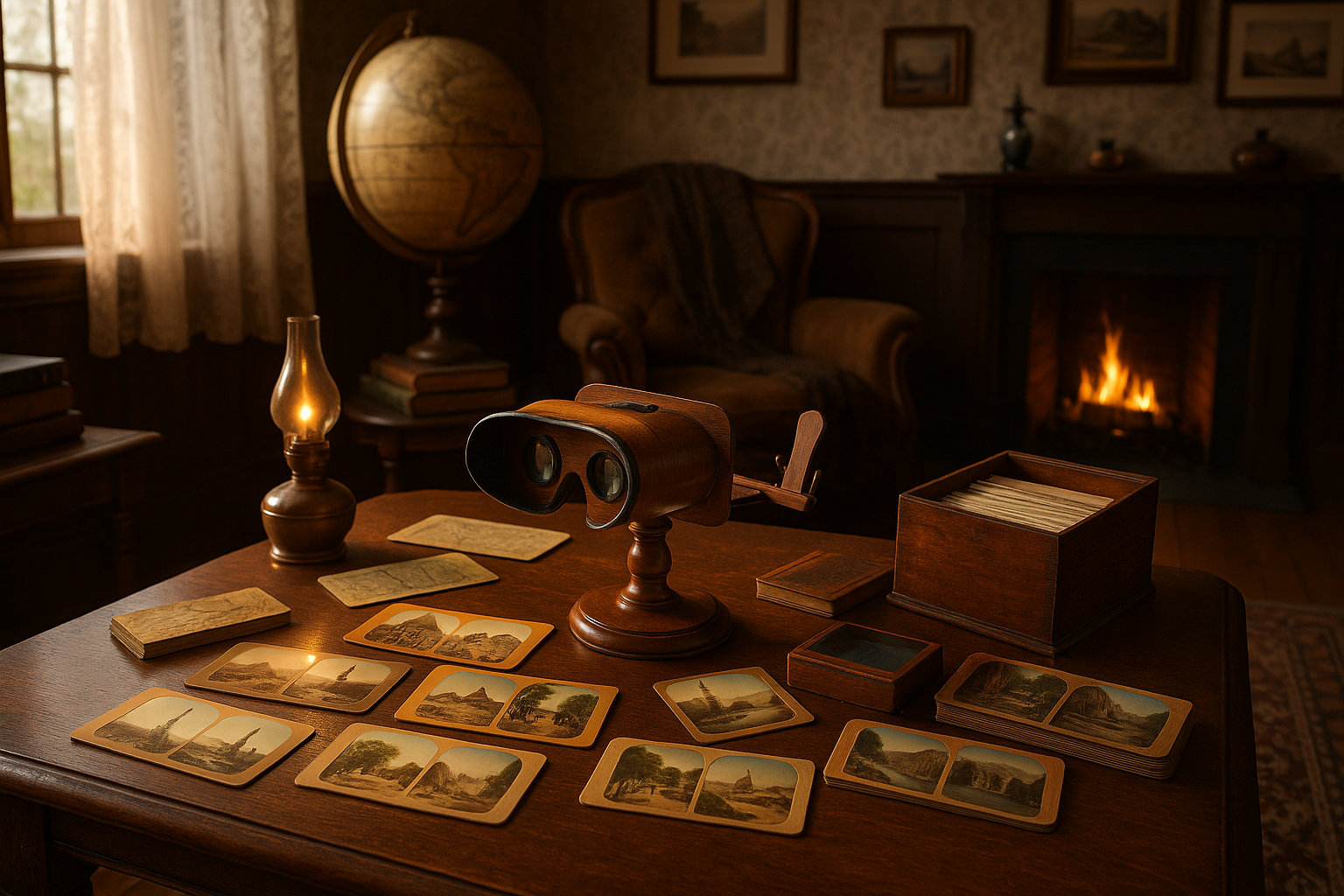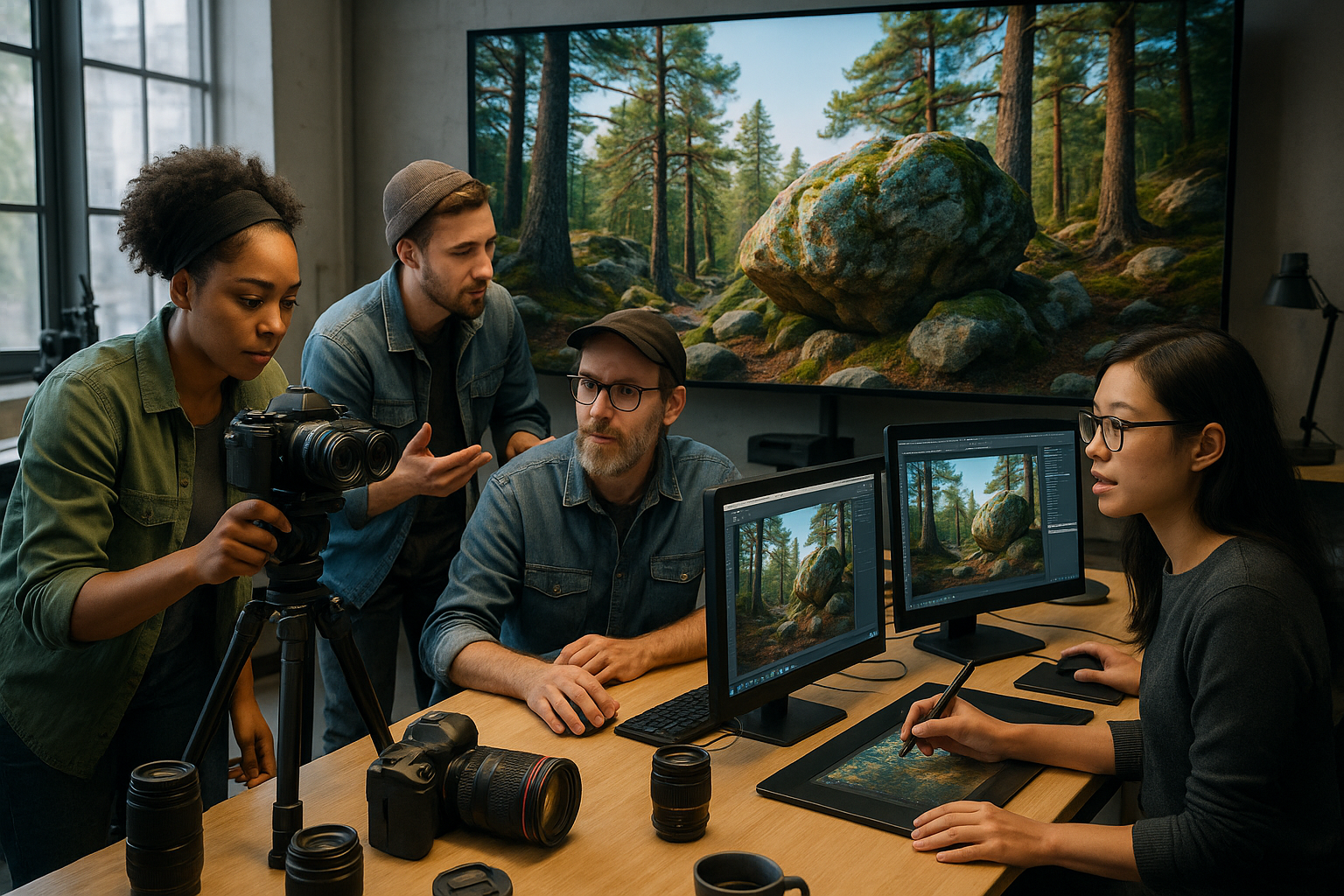In a world dominated by automation and digital interfaces, the timeless value of manual precision and handcrafted artistry continues to captivate both creators and admirers alike.
The human touch in creation carries an irreplaceable quality that machines simply cannot replicate. From the subtle variations in hand-stitched leather to the unique character of hand-thrown pottery, manual craftsmanship tells a story of dedication, skill, and authentic human connection. This renaissance of handmade excellence isn’t just nostalgia—it’s a conscious choice to embrace quality, sustainability, and the profound satisfaction that comes from creating something with your own hands.
Throughout history, master craftspeople have dedicated lifetimes to perfecting their skills, passing down techniques through generations while adapting to modern contexts. Today’s artisans stand at a fascinating crossroads where traditional methods meet contemporary innovation, creating possibilities that honor heritage while pushing creative boundaries forward.
🎨 The Foundation of Manual Mastery
Developing genuine manual precision begins with understanding the fundamental relationship between mind, body, and material. Unlike digital creation where undo buttons exist, physical craftsmanship demands presence, patience, and an intimate knowledge of how materials behave under different conditions.
The journey toward mastery starts with basic motor skill development. Fine motor control—the ability to make small, precise movements—forms the cornerstone of all manual arts. Whether you’re carving wood, setting gemstones, or forming clay, your hands must learn to execute what your mind envisions with exacting accuracy.
Repetition plays a crucial role in this development. Neuroscience reveals that repeated manual actions create stronger neural pathways, essentially rewiring the brain to perform complex movements with increasing ease and precision. What feels awkward initially becomes second nature through consistent practice, transforming conscious effort into intuitive flow.
Building Your Sensory Intelligence
True craftsmanship extends beyond visual assessment. Master artisans develop heightened sensory awareness across all dimensions—they feel minute texture differences, hear subtle changes in material response, and even smell when processes reach critical stages. This multisensory literacy separates competent practitioners from genuine masters.
Consider the metalworker who judges temperature by color gradations invisible to untrained eyes, or the woodcarver who reads grain patterns like topographical maps. These capabilities emerge from thousands of hours of focused attention, building an internal database of sensory information that informs every decision.
⚒️ Traditional Techniques That Define Excellence
Certain foundational techniques transcend specific crafts, representing universal principles of manual excellence. Understanding these core approaches provides a framework applicable across diverse creative disciplines.
The principle of progressive refinement stands paramount. Master craftspeople work from rough to refined, establishing fundamental forms before addressing details. This methodical approach prevents premature focus on minutiae while foundational proportions remain unresolved. Each stage builds upon previous work, creating structural integrity that supports subsequent refinement.
Tool mastery represents another essential dimension. Every craft tradition has developed specialized implements optimized for specific tasks. Learning not just how to use these tools, but understanding why they’re designed as they are, unlocks deeper creative possibilities. Many artisans even craft their own tools, customizing implements to match their unique working style and physical characteristics.
The Apprenticeship Model Reimagined
Traditional apprenticeship involved years of direct mentorship, with knowledge transferred through observation, imitation, and gradual responsibility increase. While formal apprenticeships are less common today, the underlying principles remain powerfully relevant.
Modern makers can construct personalized apprenticeships by studying multiple masters through video tutorials, workshops, and online communities. This democratized access to expertise allows aspiring artisans to absorb diverse approaches, synthesizing techniques into personal methodologies that reflect contemporary contexts while honoring traditional wisdom.
✨ Where Precision Meets Creative Expression
The relationship between technical precision and artistic expression often confuses beginners who view them as opposing forces. In reality, they exist in symbiotic relationship—technical mastery liberates creative expression rather than constraining it.
When fundamental skills become automatic, cognitive resources free up for creative exploration. The painter who no longer consciously thinks about brush control can focus entirely on composition, color relationships, and emotional communication. Technical proficiency creates the foundation upon which artistic vision can fully manifest.
This principle applies across creative domains. The calligrapher whose letterforms flow effortlessly can concentrate on rhythm and spatial dynamics. The jeweler with complete soldering control can pursue ambitious structural concepts without technical anxiety limiting imagination.
Developing Your Unique Artistic Voice
Paradoxically, studying traditional methods intensively often leads to distinctive personal style development. By thoroughly understanding established approaches, makers gain the knowledge needed to intentionally deviate, creating innovations grounded in technical understanding rather than ignorance.
Your unique artistic voice emerges from the intersection of technical capabilities, material preferences, cultural influences, and personal experiences. Cultivating this voice requires both disciplined skill-building and permission to experiment, fail, and discover what resonates authentically with your creative sensibilities.
🛠️ Essential Tools for the Modern Artisan
While craftsmanship fundamentally centers on human skill, appropriate tools significantly impact what’s achievable. Quality implements designed for specific purposes extend capabilities while reducing frustration and physical strain.
Investment in tools should follow a strategic progression. Begin with versatile, fundamental implements that support multiple applications. As skills develop and specialization emerges, gradually acquire specialized tools that address specific needs. This approach prevents overwhelming tool collections while ensuring each addition serves genuine purpose.
Tool maintenance deserves equal attention to acquisition. Sharp cutting edges, properly calibrated measuring devices, and well-maintained equipment directly impact work quality. Regular maintenance routines preserve tool performance while developing deeper understanding of how implements function and why they’re designed as they are.
The Digital-Manual Interface
Contemporary makers increasingly blend digital and manual approaches, using technology to enhance rather than replace handwork. Digital design tools enable complex planning and visualization, while physical execution preserves the irreplaceable qualities of handmade creation.
3D modeling software allows furniture makers to resolve structural challenges before cutting expensive wood. Digital pattern-making streamlines garment construction while final sewing remains thoroughly manual. This integration represents evolution rather than compromise, expanding what’s possible while maintaining authentic craftsmanship values.
💎 Materials Knowledge: The Hidden Dimension
Deep material understanding separates adequate craftspeople from exceptional ones. Every material possesses unique properties, behaviors, and possibilities that skilled makers learn to honor and exploit creatively.
Wood species exhibit distinct hardness, grain patterns, workability, and finishing characteristics. Metals vary in malleability, strength, corrosion resistance, and aesthetic qualities. Fibers differ in drape, durability, dyeing properties, and tactile character. Master craftspeople become material scholars, continuously expanding their knowledge of substances they work with.
This knowledge extends beyond technical specifications to include provenance, sustainability considerations, and cultural significance. Ethical sourcing increasingly matters to conscious makers and customers alike, adding moral dimensions to material selection decisions.
Sustainable Practices in Modern Craftsmanship
Contemporary artisans increasingly embrace sustainability as core to their practice rather than optional consideration. Manual production inherently offers sustainability advantages over mass manufacturing—lower energy consumption, reduced waste, longer product lifespans, and repairability.
Many makers prioritize reclaimed, recycled, or responsibly harvested materials. Others focus on creating durable objects designed for generational use rather than disposability. These commitments align craftsmanship values with environmental responsibility, creating products that honor both human skill and ecological stewardship.
📚 The Continuous Learning Journey
Mastery isn’t a destination but an ongoing journey. Even craftspeople with decades of experience continue discovering new techniques, refining approaches, and pushing their capabilities further. This growth mindset distinguishes true masters from those who plateau after achieving basic competency.
Deliberate practice—focused, goal-oriented work on specific skill components—drives continuous improvement. Rather than mindless repetition, this approach involves identifying weaknesses, designing exercises targeting those areas, and objectively assessing progress. This methodology, drawn from research on expert performance across fields, applies powerfully to manual skill development.
Cross-pollination between disciplines often sparks breakthrough insights. The woodworker who studies metalworking discovers finishing techniques applicable to their primary craft. The ceramicist who explores textile arts gains fresh perspectives on surface pattern and texture. Intentionally exploring adjacent crafts enriches primary practice while preventing creative stagnation.
Building Your Learning Library
Curating quality learning resources accelerates skill development. Books by acknowledged masters provide foundational knowledge and inspiration. Video tutorials demonstrate techniques difficult to convey through text alone. Hands-on workshops offer direct feedback and community connection that virtual learning cannot fully replicate.
Documentation of your own work creates invaluable learning resources. Photographing projects at various stages, maintaining process notes, and reflecting on successes and failures builds personalized knowledge archives. Reviewing past work reveals progress that daily incremental improvement can obscure, providing motivation during challenging periods.
🌟 The Business of Handcrafted Excellence
For makers seeking to transform passion into livelihood, understanding business fundamentals becomes as important as craft skills. The most exceptional craftsmanship cannot sustain itself without viable economic models that value maker time appropriately while remaining accessible to customers.
Pricing handmade goods challenges many artisans who struggle to communicate value in markets conditioned by mass-production economics. Effective pricing requires calculating true costs—materials, time, overhead, and reasonable profit margins—then confidently communicating the quality, uniqueness, and story that justify premium positioning.
Marketing handcrafted work demands authentic storytelling that helps customers appreciate the skill, time, and care invested in each piece. Social media platforms enable direct artist-customer connections, sharing process insights that build appreciation for manual craftsmanship. This transparency transforms purchasing from simple transactions into relationships supporting work that customers genuinely value.
Creating Systems Without Losing Soul
Scaling handmade businesses while preserving craft integrity presents inherent tensions. Efficient production systems enable sustainable businesses, but excessive systematization can strip work of the qualities that make it special. Finding this balance requires thoughtful analysis of which processes can be optimized without compromising core values.
Some makers address this by creating product tiers—fully bespoke commissions alongside production pieces that maintain handmade character while incorporating efficiency-enhancing jigs, templates, and batch processing. Others collaborate with fellow makers, creating studio cooperatives that share resources while each maintains artistic independence.
🎯 Finding Your Place in the Maker Movement
The contemporary renaissance of making represents more than nostalgic revival—it’s a meaningful response to digital saturation, environmental concerns, and desire for authentic human connection. As this movement expands, opportunities multiply for craftspeople at all skill levels to participate meaningfully.
Community spaces like makerspaces, craft cooperatives, and studios provide access to tools, instruction, and fellowship that support maker journeys. These environments lower barriers to entry while creating networks that sustain long-term engagement. Many successful artisan businesses began in shared studio environments where emerging makers learned from established craftspeople.
Online communities extend these benefits globally, connecting makers across geographical boundaries. Forums, social media groups, and virtual critique circles provide feedback, troubleshooting assistance, and inspiration that combat the isolation of solo practice. These digital connections complement rather than replace in-person interaction, creating hybrid networks that support makers comprehensively.
🚀 Embracing Your Creative Journey Forward
Beginning or deepening your manual craft practice represents a commitment to patience, persistence, and perpetual learning. The path involves inevitable frustrations alongside profound satisfactions, technical challenges balanced by creative breakthroughs, and gradual skill accumulation that eventually achieves what initially seemed impossible.
Start where you are with resources available today. Perfectionism and comparison sabotage more potential makers than lack of talent ever could. Every master began as an awkward beginner whose early work embarrassed them. What distinguished those who achieved mastery was simply continuing despite imperfection, finding joy in incremental progress, and maintaining faith in the transformative power of sustained practice.
The objects you create with your hands carry something irreplaceable—evidence of human care, attention, and creative spirit. In producing them, you develop not just technical skills but patience, problem-solving abilities, aesthetic sensibilities, and the deep satisfaction that comes from tangible creation. These qualities enrich life far beyond any individual project, shaping how you perceive and interact with the world.
Manual precision and artistry aren’t exclusive domains of the specially gifted. They’re accessible to anyone willing to begin, persist through challenges, and honor the profound human heritage of making beautiful, functional objects by hand. Your journey as a maker starts with a single project, a first awkward attempt that plants seeds for all the mastery that follows. The craft awaits your unique contribution—what will you create? ✨
Toni Santos is a visual historian and artisan whose creative lens is captivated by the forgotten marvels of antique optical devices. Through his thoughtful storytelling, Toni revives the instruments that once transformed light into wonder—camera obscuras, magic lanterns, kaleidoscopes, and other ingenious tools that shaped our earliest visual imaginations.
His journey is rooted in a fascination with how humans have long sought to bend, reflect, and reveal the unseen. Whether tracing the mechanical poetry of 19th-century projectors or illustrating the tactile elegance of early lenses, Toni’s work invites us to see vision itself as an evolving art form.
Blending handcrafted design with historical inquiry, Toni brings to life the material soul of these devices—celebrating not just how they functioned, but what they meant. His creations and curated stories illuminate a world where science, illusion, and beauty were intricately linked through glass and brass.
As the curator of Vizovex, Toni shares detailed studies, reconstructed artifacts, and immersive content that help others rediscover the origins of visual technology and the magic of analog perception.
His work is a tribute to:
The craftsmanship behind early visual instruments
The wonder of seeing through the eyes of another century
The intersection of optics, art, and imagination
Whether you’re a collector, a designer, or someone drawn to the lost poetry of vision, Toni welcomes you into a world where light is a storyteller—one prism, one lens, one forgotten invention at a time.





